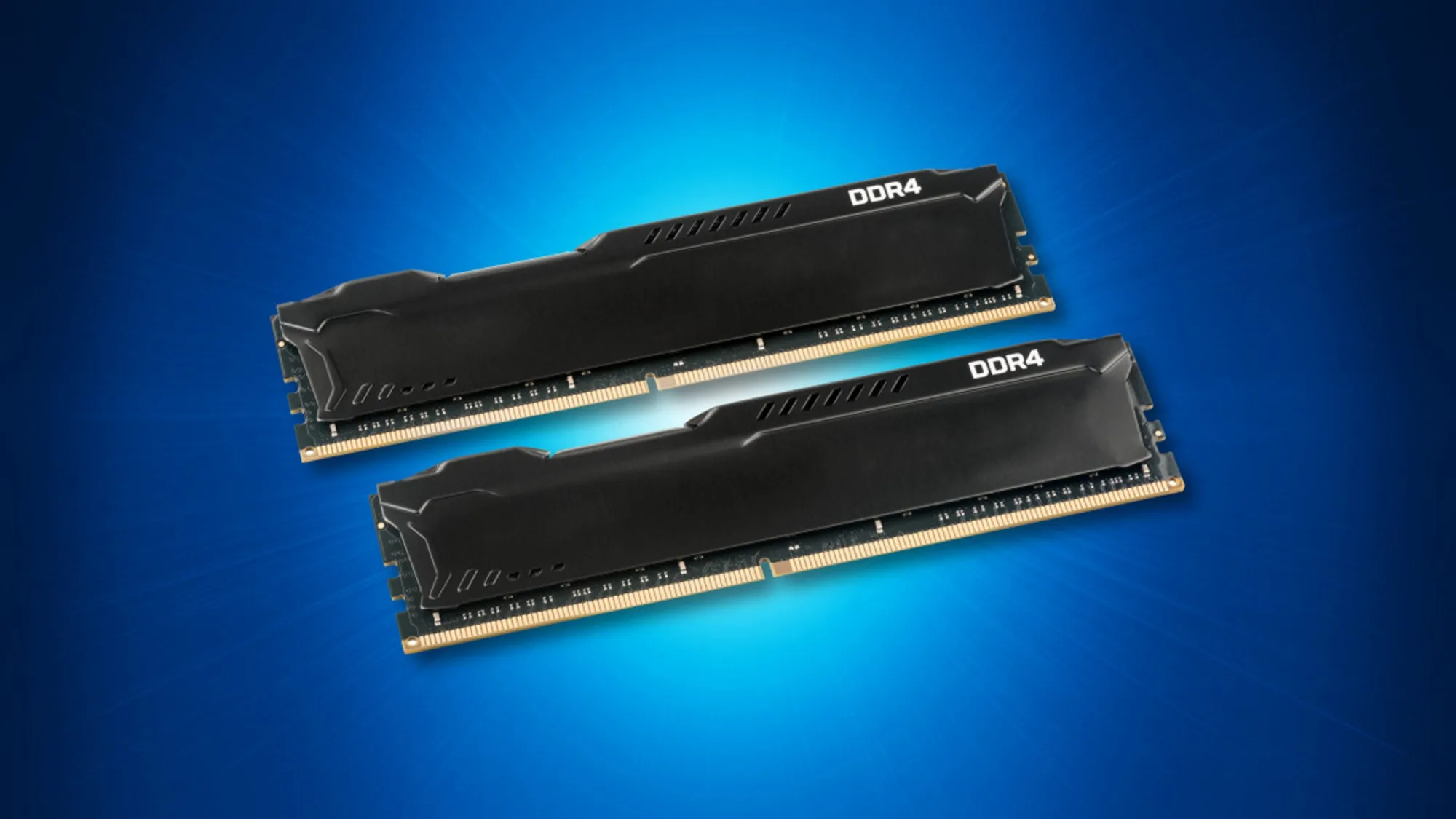Random Access Memory (RAM) is a vital component in modern computers, responsible for storing and providing quick access to data that the CPU needs to perform tasks. Dual Channel RAM is a type of multi-channel RAM that has become increasingly popular in recent years. In this article, we will explore what Dual Channel RAM is, how it works, and the benefits it offers.
What is Dual Channel RAM?
Dual Channel RAM is a type of RAM that uses two dedicated channels to connect to the motherboard. This double-channel connection enables higher data transfer speeds by increasing the number of communication channels between the memory and the memory controller. Dual Channel RAM is often referred to as DDR (Double Data Rate) RAM, as it transfers data twice per clock cycle.
How does Dual Channel RAM work?
Dual Channel RAM works by using two identical memory modules, which are installed in corresponding memory slots on the motherboard. The modules are then connected to the memory controller, which is responsible for managing the flow of data between the CPU and the RAM.
When the CPU needs to access data from RAM, it sends a request to the memory controller. The memory controller then retrieves the data from the RAM and sends it back to the CPU. With Dual Channel RAM, this process is made more efficient by allowing the memory controller to access the data from both channels simultaneously. This results in faster data transfer speeds and lower CPU usage.
What are the benefits of Dual Channel RAM?
The main benefit of Dual Channel RAM is its ability to increase memory bandwidth, resulting in faster data transfer speeds. This can lead to improved system performance, particularly in memory-intensive applications such as gaming, video editing, and 3D rendering.
In addition to improved performance, Dual Channel RAM can also reduce CPU usage. With a higher memory bandwidth, the CPU has to do less work to access data from the RAM, resulting in lower CPU usage and improved system stability.
Dual Channel RAM is also more reliable than single-channel RAM, as it provides redundancy in case one of the memory modules fails. If one module fails, the system can still function with the remaining module, although performance may be reduced.
Dual Channel RAM is a type of multi-channel RAM that uses two dedicated channels to connect to the motherboard. It offers faster data transfer speeds, lower CPU usage, and improved system stability. If you are looking to upgrade your computer’s memory, Dual Channel RAM is an excellent choice.

The Benefits of Using Dual-Channel RAM
RAM is better in dual-channel. Dual-channel memory provides higher memory bandwidth, enabling data transfer to be more efficient. This means that the CPU does not have to work as hard, resulting in lower CPU usage of around 10-20%. On the other hand, single-channel memory has a lower bandwidth, resulting in more CPU usage, which can negatively impact system performance. Additionally, using dual-channel memory can improve overall system performance, particularly in applications that require a lot of memory bandwidth, such as gaming, video editing, and other resource-intensive tasks. Therefore, if your system supports dual-channel memory, it is recommended that you use it to get the most out of your system’s performance.
Determining If RAM Is Running in Dual-Channel Mode
To check if your RAM is running in dual-channel mode, you can follow these steps:
1. Check your motherboard manual: Dual-channel mode requires specific RAM configurations to be set up on the motherboard. You can check the motherboard manual to see if your RAM sticks are installed in the correct slots for dual-channel mode.
2. Check your BIOS settings: You can access your BIOS settings by pressing a specific key during the boot process (usually F2 or Delete). Once in the BIOS, look for the memory or RAM settings and check if dual-channel mode is enabled.
3. Use CPU-Z or similar software: CPU-Z is free software that can provide detailed information about your computer’s hardware, including RAM configuration. In the Memory tab, you can check if the “Channels #” field shows “Dual” or “Single” for your RAM.
4. Open your computer case: If you’re comfortable with it, you can physically check your RAM sticks to see if they are installed in the correct slots for dual-channel mode. As mentioned earlier, the RAM slots are usually color-coded to indicate dual-channel mode. Check your motherboard manual for the specific color coding used.
By following these steps, you can easily determine if your RAM is running in dual-channel mode or not.
Can Dual-Channel RAM Be Used?
In general, not all RAM can run in dual-channel mode. To utilize dual-channel mode, the RAM modules must be installed in pairs of identical or nearly identical RAM. This means that if one RAM module has a higher speed or different capacity than the other, it cannot be paired in dual-channel mode. Additionally, the motherboard must also support dual-channel mode. It is recommended to check the motherboard’s manual or specifications to ensure that it supports dual-channel mode and to verify the specific RAM requirements for dual-channel operation.
Understanding Dual-Channel RAM
Dual-channel RAM is a type of memory chipset that is designed to improve the performance of your computer’s memory by enabling two dedicated channels that connect to the motherboard. This means that the memory can access the memory controller through two separate channels, which allows for faster data transfer rates and improves overall system performance. Compared to single-channel RAM, dual-channel RAM can increase the bandwidth of the memory bus, which means that more data can be transferred between the memory and the CPU at the same time. This can result in faster application loading times, smoother multi-tasking, and improved gaming performance. Dual-channel RAM is typically found in high-performance computers, especially those used for gaming or other memory-intensive applications. To summarize, dual-channel RAM means that the memory has two dedicated channels connecting to the motherboard, which improves data transfer rates and overall system performance.
Conclusion
The benefits of using dual-channel RAM are significant compared to single-channel memory. With two dedicated channels connecting the memory to the motherboard, dual-channel RAM provides higher memory bandwidth, allowing for faster data transfer rates and more efficient processing. This results in lower CPU usage and improved system performance. It is important to note that in order to utilize dual-channel memory, the installed RAM must be added in pairs of nearly identical RAM, and the motherboard must support dual-channel technology. Checking the RAM slots for color coding can help determine if a motherboard supports dual-channel memory. investing in dual-channel RAM can greatly enhance the performance of a computer system, making it a worthwhile upgrade for those looking to improve their computing experience.








